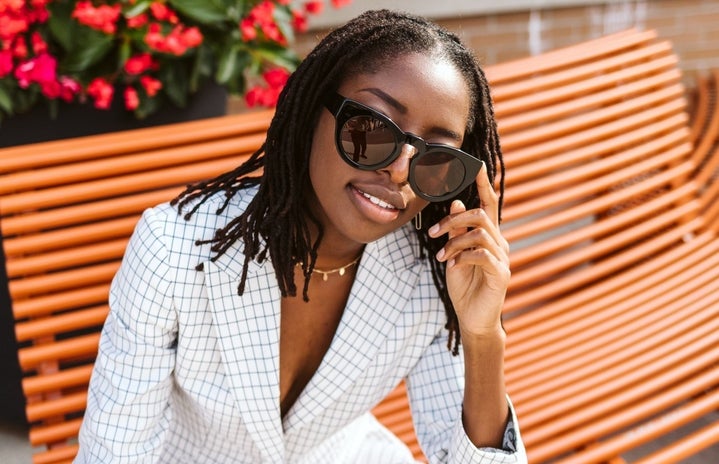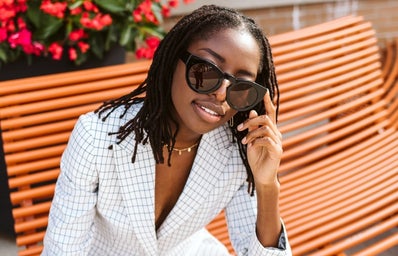From origin African patterns to altering major label designs, to owning and becoming a well-known brand, Black fashion designers have always found ways to make sure people see their talented splendor.
In Africa, different countries have countless titles for the patterns and styles they produce. In Ghanian culture, they have Kente cloth, a cloth whose colors represent a way of communication. Some of them being “gold, meaning status/serenity, green, meaning renewal, and black, meaning union with ancestors/spiritual awareness” explained in detail by James Padiloni Jr.’s article titled “The History and Significance of Kente Cloth in the Black Diaspora”. In Congo, they have a pattern made from the leaves from a Raffia tree contrived by the Kuba people. This versatile textile is not only used for clothes, where it was used for ritualistic purposes, but also on household items or as a currency. Same as the Kente cloth, the Kuba cloth communicates the wearer’s age, marital status, and social standing. Black fashion designers have included African and African-inspired patterns such as Ruby Bailey, Stella Jean, Oswald Boateng, Amaka Osakwe, and Aurora James.
If the name Louis Vuitton or Gucci is familiar to you, then there’s an 80% chance that you know the name Dapper Dan. Before gaining major recognition, Dapper Dan would reconstruct luxury articles into clothes and outfits fit for 80’s Black pop culture royalty. When his signature style appeared on Eric B and Rakim’s “Paid in Full” album cover, that’s when the lawsuits would start to fly in. It got so out of hand for the labels, they would raid his boutique which would lead to its shutting down in 1992. Fear not as Dapper Dan has been popping back up in recent years award show fashion and pop culture such as Regina Hall and Ashley Graham at the Met Ball in 2019 and Lizzo with a custom-made trench coat for her Saturday Night Live performance.
Being alive in the early 2000s, it was nearly impossible to be oblivious to the phenomenon known as Baby Phat. In disgust of her then husband’s “women’s fashion” pieces in the Phat Fashions brand, Kimora Lee Simmons (now Kim Lee Leissner) took over and gave birth to a more fresh and feminine composition of Baby Phat. The famous cat logo, inspired by Kimora Lee’s cat, popped up on the velour tracksuits, cropped puffer jackets, low rise jeans, mini-skirts, and slim crop tops. Kimora Lee’s vision for the revamped Baby Phat was “no matter your size or heritage, what united the Baby Phat girl was a desire to look good, feel great, and do it on a dollar.” as she put for Marie Claire.
In the past decade, Ivy Park, Telfar, Fenty, Pyer Moss, Hanifa, LaQuan Smith and, Thebe Magugu are some names that you have heard or names you will begin to hear. These and many others are the future trailblazers in fashion and will or have become household names. If you’d like to discover more on-the-rise, head over to the Black Fashion Fair designers page where they have countless black designers that you should, will, or do know.


